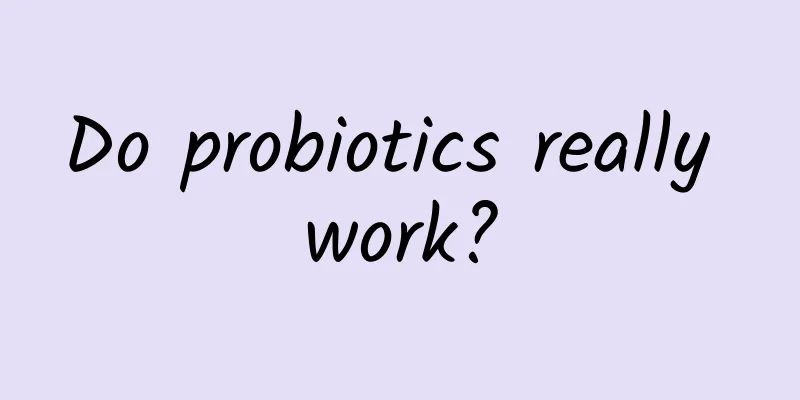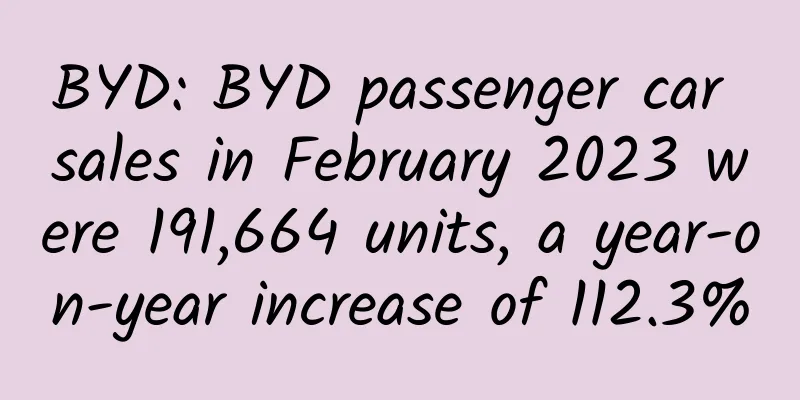Drinks are also divided into different grades?! As expected, the ones I like to drink are C and D...

|
Shanghai recently piloted a "Nutritional Choice" grading labeling system for beverages. By dividing beverages into four grades, A, B, C, and D, the system allows consumers to more intuitively understand the nutritional value of beverages and make healthier dietary choices. Is this standard really scientific? What level of beverages do you like to drink? Nutritional grading standards for beverages What are the specific standards for beverage classification? In fact, it is based on the content of four special ingredients in the beverage: "non-dairy sugar", "saturated fat", "trans fat" and "non-sugar sweetener" to classify the beverage into grades A, B, C and D. Among them, grade A is the best and grade D is the worst. 0 1 Non-dairy sugars Non-dairy sugars exclude lactose, artificially added sugars and sugars in fruit juice. Lactose has a low digestion and absorption rate, and has been proven to promote the absorption and utilization of various minerals and vitamins in the body, which has a positive effect on the human body, so it is not counted. 02Saturated fat Saturated fat mostly comes from the milk fat in milk, as well as additional ingredients such as creamer and non-dairy creamer. 0 3 Trans fats Trans fats are unhealthy fats such as those found in creamer, margarine, and cocoa butter substitutes. 0 4 Non-sugar sweeteners Non-sugar sweeteners refer to all sugar substitutes, including sugar alcohols (such as sorbitol, xylitol, maltitol, mannitol, erythritol and maltol) and artificial synthetic ones (such as saccharin, aspartame, acesulfame potassium, sucralose, neotame). The relationship between their long-term intake and health is still controversial. Specific classification standards for four types of beverages If a drink has one of the four ingredients that is the least healthy, then the final grade of the drink must be based on the worst one. The four ingredients considered in this classification all need to be consumed in moderation , so in determining the grade, the lowest grade of the four ingredients needs to be taken as the final overall grade. The purpose of doing this is to tell everyone that if a beverage is really healthy, it must be healthy in all aspects, not just one aspect. For example, a beverage has a non-dairy sugar content of 0.9g/100ml, a non-dairy sugar grade of B, a saturated fat content of 3g/100ml, a grade of D, a trans fatty acid content of 0g/100ml, a grade of A, and no non-sugar sweeteners are added, a grade of A. In the end, the overall rating of the beverage is D. How to choose beverages in daily life? Sugar Avoid beverages that are high in non-dairy sources of sugar, such as those with added sugar or fruit juice. Nutritional Information Check the Nutrition Facts panel to find out how much calories, protein, fat, carbohydrates, sodium, etc. are in the drink. Saturated and trans fats Try to limit your intake of beverages that are high in saturated and trans fats, such as those containing creamer or margarine. Artificial sweeteners Although artificial sweeteners can reduce calorie intake, long-term intake may be controversial for health reasons. It is best to choose beverages containing non-sugar sweeteners in moderation. Natural Ingredients Give priority to beverages that contain natural ingredients and are minimally processed, such as fresh fruit or vegetable juices. Caffeine Content Be aware of the caffeine content in your beverages; excessive caffeine intake may cause adverse health effects, especially in children and sensitive people. Preservatives and additives Try to avoid drinks that contain large amounts of preservatives and additives to reduce potential adverse effects. Finally, water is the best drink to meet your daily needs. It contains no calories and is essential for your health. Whenever possible, give water a priority as a daily drink. The ingredients are only water and oolong tea, which can be classified as A-grade and is a recommended drink. How do you view beverage classification? From a positive perspective, beverage classification can provide quantitative nutritional information, so that even if we are not studying nutrition, we can quickly know which beverage is healthier. At the same time, beverage grading may also have an impact on the beverage industry. On the one hand, grading labels can remind consumers to pay attention to the sugar and fat content, which may prompt companies to optimize product formulas and reduce the use of unhealthy ingredients. On the other hand, companies can adjust product lines based on grading results and consumer preferences and conduct more targeted marketing. However, beverage grading may also face some challenges and controversies. For example, not all consumers can fully understand complex nutritional concepts, and a single grading standard may not meet the needs of all consumers. In addition, for beverages with low ratings, their market sales and brand image may be affected. Overall, beverage classification is a beneficial attempt. It can enhance consumers' awareness of the health effects of food and beverages, while also placing higher demands on companies' product development and marketing. Author: Zhao Xu, Department of Biology and Medicine, College of Food Science, Northeast Agricultural University Editor: Dong Xiaoxian |
<<: Worse than gaining weight! It is the biggest "killer" of middle-aged men's appearance →
>>: After checking in at so many "Shuizhai Miao" bubbles, even the "mud" is so beautiful!
Recommend
How to safely exit multiple Activities on Android
When making Android Apps, almost every App has a ...
The “Beijing-Hong Kong-Macao Tiangong Dialogue” is full of passion!
On the first day of 2022, the three astronauts of...
Mango TV is stuck in the cycle of "old problems"
LeEco's capital chain problem was a hot topic...
Comparison of the world's top 5 mobile phone fast charging speeds: iPhone ranks last
Nowadays, the performance of mobile phones has soa...
Does crackling in your joints mean arthritis? The answer may not be what you think
gossip “Crackling joints are arthritis!” In daily...
Practical skills of Xianyu e-commerce operation
1. Xianyu account It is actually very easy to reg...
How to identify and acquire high-value super users?
Super users are users who are willing to pay for ...
Shell wrapped in meat, shell wrapped in meat... It is a close relative of the ancient squid, and eventually grows into "streaky meat"
In nature, animals' hard structures basically...
Does Facebook really drive 16% of global mobile phone sales?
Facebook recently authorized Deloitte to quantify...
China Association of Automobile Manufacturers: A brief analysis of the production and sales of new energy vehicles in January 2022
According to statistics and analysis by the China...
Zhihu Marketing Promotion Strategy for 2019!
It is becoming increasingly difficult to promote!...
How to "save yourself" for sensitive skin? Scientific skin care, repair skin barrier in 28 days
April brings the blooming season Many sisters hav...
Google phone exposed to have a defect: it bends when you bend it
The Nexus 6P mobile phone, which is commonly know...
Hundreds of millions of video views per day, Miaopai playback link optimization practice
[51CTO.com original article] Currently, we are in...
The correct way to enjoy the moon during the Mid-Autumn Festival: Check out the Chinese elements on the moon
It’s Mid-Autumn Festival again, a time to appreci...









